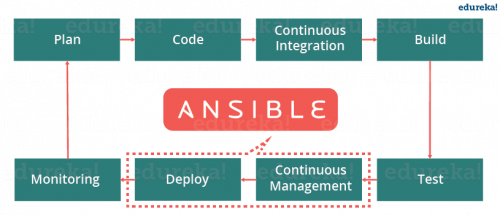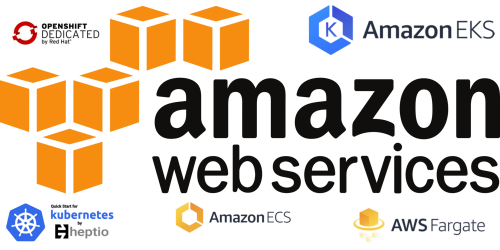J Cole Morrison has this rather lengthy blog post on how to use CloudFoundation to simplify and automate the management of your Amazon AWS cloud infrastructure. AWS CloudFormation is a great tool, but it gets complex real fast with larger setups, so CloudFoundation comes to the rescue.
Tag: web hosting
Immutable Deployment @ Quorum
“Immutable Deployment @ Quorum” describes yet another approach to automated, and this case – immutable, deployments. This particular setup is slightly more on the SysAdmin/DevOps side rather than on the development side, utilizing tools like Ansible, Amazon EC2, and Amazon AMI.
If you are building very few projects, or projects with little variations, and use a whole instance for the project, than you should definitely check it out. For those people who work with a zoo of technologies and share the server between several projects, this approach probably won’t work so well. Unless it is adjusted to use containers instead of instances, but even then, it’ll probably won’t be optimal.
Handling Amazon SNS messages with PHP, Lumen and CloudWatch
Gonzalo Ayuso throws a few snippets of code in the blog posts title “Handling Amazon SNS messages with PHP, Lumen and CloudWatch“, which shows how to work with Amazon SNS (Simple Notifications Service) and Amazon CloudWatch (cloud and network monitoring solution) from PHP. The examples are based on the Lumen micro-framework, which is basically a stripped down Laravel.
Let’s Encrypt now supports wildcard certificates
Here are some very exciting news from Let’s Encrypt:
We’re pleased to announce that ACMEv2 and wildcard certificate support is live! With today’s new features we’re continuing to break down barriers for HTTPS adoption across the Web by making it even easier for every website to get and manage certificates.
ACMEv24.0k is an updated version of our ACME protocol which has gone through the IETF standards process, taking into account feedback from industry experts and other organizations that might want to use the ACME protocol for certificate issuance and management some day.
Wildcard certificates5.1k allow you to secure all subdomains of a domain with a single certificate. Wildcard certificates can make certificate management easier in some cases, and we want to address those cases in order to help get the Web to 100% HTTPS. We still recommend non-wildcard certificates for most use cases.
Wildcard certificates are only available via ACMEv2. In order to use ACMEv2 for wildcard or non-wildcard certificates you’ll need a client that has been updated to support ACMEv28.5k. It is our intent to transition all clients and subscribers to ACMEv2, though we have not set an end-of-life date for our ACMEv1 API yet.
Additionally, wildcard domains must be validated using the DNS-01 challenge type. This means that you’ll need to modify DNS TXT records in order to demonstrate control over a domain for the purpose of obtaining a wildcard certificate.
7 ways to do containers on AWS
“7 ways to do containers on AWS” covers a variety of different ways to run containers on the Amazon AWS cloud infrastructure. These include most of the usual suspects, like Amazon Elastic Container Service (ECS), Amazon Elastic Container Service for Kubernetes (EKS), and hand-rolled vanilla containers on EC2, as well as a few lesser known ones like templated Kubernetes and Amazon Fargate.

